A properly aligned RV slide-out is essential for the functionality and comfort of your recreational vehicle. Misalignment can lead to operational issues, water leaks, and even structural damage over time. This guide is here to help with all of this since we know that trying to figure it all out on your own isn’t easy. So, without further ado, let’s take a deep dive into everything you should know about aligning your RV slide-out for proper functionality.
Common Signs of Slide-Out Misalignment
First, you need to determine if there’s an issue with your slide-out’s alignment. If it’s not functioning as intended, there are often clear indicators. One of the first signs to look for is unusual resistance or jerky movements when extending or retracting the slide-out. This is usually accompanied by noisy sounds during operation, such as grinding noises. However, these sounds can occur without the jerky movement, so listen for them on their own as well.
Visible gaps around the seals are also cause for concern. Misaligned slide-outs often leave uneven spacing, putting the RV at risk for water and air leaks. If you notice that your slide-out is uneven or sagging when fully extended, this typically indicates that either the alignment or the support mechanism is compromised. Regardless of the warning signs you notice, recognizing them early helps prevent long-term damage and ensures the slide-out operates smoothly.
Tools and Materials Needed
Fortunately, addressing slide-out misalignments typically requires only basic tools and materials, most of which you likely already have in your RV toolkit. Here’s what to gather before you start:
- Measuring tape or ruler
- Screwdriver set (flathead and Phillips)
- Socket wrench set
- Torx or hex wrenches (if applicable to your RV model)
- Leveling tool
- Penetrating lubricant
- Wood blocks or stabilizing jacks
If you’re missing any of these, your local hardware store should have them. Many places rent them out to you at a cheaper price if you don’t think you’ll need them again after fixing your misalignment.

Step-by-Step Guide To Aligning Your RV Slide-Out
Even though aligning your RV slide-out to improve its functionality can seem intimidating, it’s not so bad once you learn how to do it. By following these straightforward steps, you’ll be able to handle the task with ease.
Step 1: Inspect the Slide-Out System
Begin with a detailed inspection to identify the cause of the misalignment. Examine the rails, gears, and rollers for visible damage, wear, or debris. Make sure all bolts and screws are properly secured, and check for any bent components. This inspection gives you a clear picture of what you’re dealing with before making any adjustments.
Step 2: Level Your RV
Before making any adjustments to the slide-out, you’ll want to ensure the RV is completely level. Sometimes, an uneven RV can cause the slide-out to be misaligned, but more importantly, you’ll want a level surface for the work you’re about to do. Use a bubble level to check both side-to-side and front-to-back leveling. If necessary, use leveling blocks or your RV’s leveling jacks to create a stable foundation.
Step 3: Adjust the Slide-Out Rails
Most RV slide-outs include adjustable rails or mechanisms. Locate the adjustment points on each side of the slide-out. These are often bolts or screws that you can loosen with a socket wrench or screwdriver.
Make sure you only loosen these fasteners slightly. It should be just enough so you can adjust the slide-out. Do it too much, and the whole thing might come apart. Start with minor adjustments on one side, then move to the other. Measure the alignment by checking both sides of the slide-out with a ruler to ensure equal spacing. Once the slide-out appears level, tighten the screws or bolts to lock the alignment in place.
Step 4: Test the Mechanism
Extend and retract the slide-out several times to check the alignment and ensure smooth operation. Watch for even movement and test for any resistance or noises. If adjustments are still needed, tweak the alignment points slightly and test again until the slide-out operates as expected.
Step 5: Lubricate Moving Parts
To maintain efficient operation and reduce wear on the slide-out mechanism, apply a penetrating lubricant to the gears, rails, and rollers. This prevents rust and ensures smoother operation over time. Wipe away any excess lubricant to avoid attracting dirt and debris.
Step 6: Inspect the Seals
Once the slide-out is properly aligned, inspect the seals around the edges for gaps or misplacement. These seals are your first line of defense against water damage and heat loss, so realign or replace any compromised sections.
Step 7: Replace Parts as Needed
In some cases, the rails and mechanisms that hold your slide-out in place and move it back and forth might no longer be in working condition. If that’s the case, you’ll need to purchase and install new RV slide-out components. If this exceeds your personal skillset, be sure to get some professionals involved to ensure everything is installed correctly.

Tips for Maintaining Proper Slide-Out Alignment
Since slide-outs typically become misaligned over time due to regular use or exposure to uneven terrain, it’ll be up to you to ensure they remain in working order so you can avoid needing to realign them again in the future. To do this effectively, you’ll want to follow a consistent maintenance routine.
First, always operate your slide-out on level ground. Extending or retracting the mechanism when your RV is parked on a slope can place extra stress on the system, increasing the risk of misalignment. Ensuring your RV is on stable, even ground before using the slide-out is a simple yet crucial step.
Regular lubrication is another essential aspect of slide-out maintenance. While you might have done this during the alignment, relubricating these moving parts every few months reduces friction and extends the life of the mechanism. Neglecting lubrication can lead to stiff operation and unnecessary strain on the components.
Something else worth noting is that dirt, small objects, and other obstructions can accumulate within the slide-out rails, particularly if you like to off-road with your RV and park out in the wilderness. That means before extending or retracting your slide-out, take a moment to check the rails for anything that could interfere with its movement. Even minor debris can cause the mechanism to work unevenly, potentially leading to damage if left unaddressed.
Last but not least, you should be mindful of the weight you place inside the slide-out. Overloading this space strains the system, putting unnecessary pressure on the mechanism and causing it to extend or retract unevenly. Keeping the load within reasonable limits will ensure smoother operation, prevent excessive wear, and avoid costly repairs.


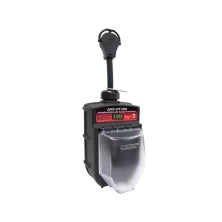
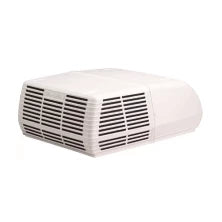
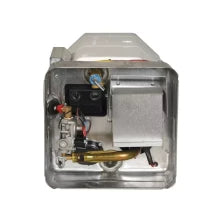
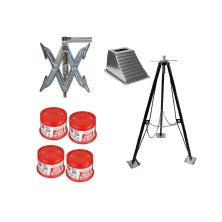
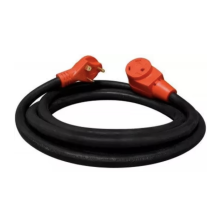
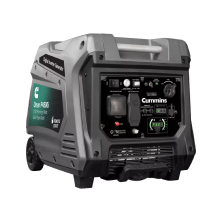
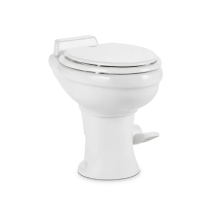
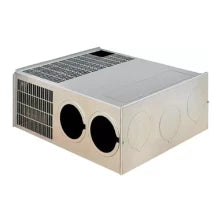
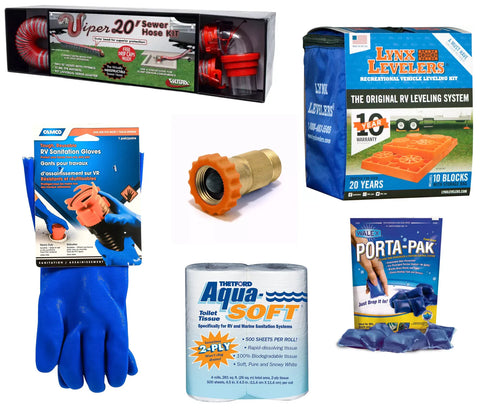

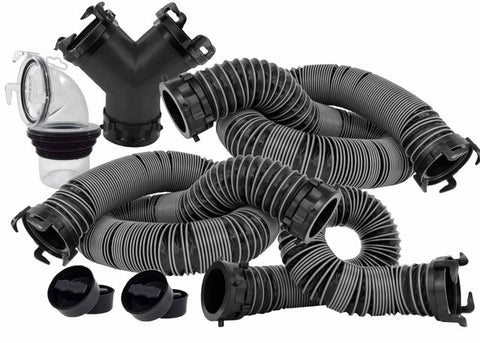

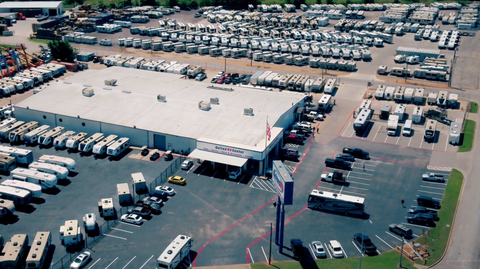
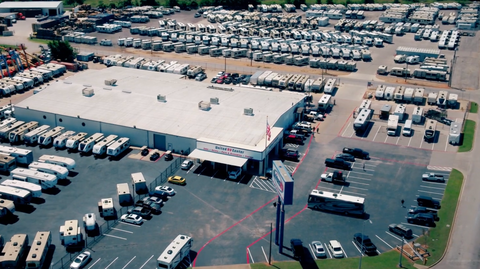
Comments (0)
There are no comments for this article. Be the first one to leave a message!